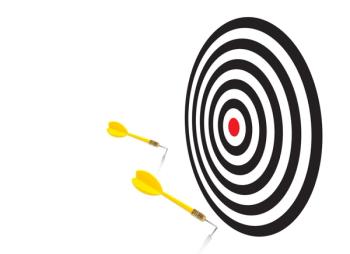
RENO Results Show Renal Protection Before and After PCI Is a Safe Bet
Primary care practice is filled with patients who have acute coronary disease complicated by multiple comorbid conditions. In this era of percutaneous treatments, contrast-induced nephropathy persists as an unwelcome and debilitating complication.
How best to prevent contrast-induced kidney failure in patients who undergo coronary angioplasty and stent placement?
Primary care practice is filled with patients who have acute coronary disease complicated by multiple comorbid conditions. In this era of percutaneous treatments, contrast-induced nephropathy persists as an unwelcome and debilitating complication. Measures to prevent contrast-induced renal injury range from hydration alone to the addition of bicarbonate and/or N-acetylcysteine (N-AC). The results of a recent study may prompt a change in the management of patients who undergo emergent percutaneous interventions for acute coronary disease.
RESULTS FROM RENO
The RENO Study addressed renal protection in 111 patients who underwent emergent percutaneous coronary intervention (PCI).1 In this prospective, controlled, randomized, single-center trial, 56 patients received sodium bicarbonate (154 mEq/L in 5% glucose and water) plus 2.4 g of N-AC in the same solution over 1 hour intravenously (in a bolus given 60 minutes before contrast administration). Then these patients received a normal saline and bicarbonate infusion (1.5 mL/kg/h) for 12 hours after the procedure. Two 600-mg oral doses of N-AC were given the next day (for a total dose of 1.2 g).
The other 55 patients in the study received "standard hydration" (0.9% saline at a rate of 1 mL/kg/h) for the first 12 hours after emergent PCI and two 600-mg oral doses of N-AC the following day. Thus, one treatment group received fluid and alkali (hydration plus bicarbonate) as well as N-AC before the procedure and N-AC plus saline afterward, and the other group received hydration plus N-AC only after contrast administration and PCI.
COMPARING THE OUTCOMES
The differences in outcomes between the 2 groups were impressive. Acute renal failure (defined as a 0.5 mg/dL increase in serum creatinine level from baseline) occurred in 1 patient in the "pretreated" group (1.8%) and in 12 patients in the standard therapy group (21.8%; P < .001). Anuric renal failure developed in 1 pretreated patient (1.8%) and in 7 patients in the other group (12.7%; P = .032).
Despite the extra fluid, the incidence of pulmonary edema was not higher in the pretreated group. The 2 groups were also matched for significant comorbid conditions (such as diabetes mellitus).
Yes, the RENO Study had limitations (eg, the sample size was small, and it was a single-center trial), but the results make sense. If the generation of reactive species and the tubular pH are culprits in acute renal injury, the administration of the scavenger (N-AC) and alkali (bicarbonate) before and after contrast seems highly appropriate. Because the infusion does not appear to induce pulmonary edema, there is probably little danger in this approach.
References:
REFERENCE:
1.
Recio-Mayoral A, Chaparro M, Prado B, et al. The reno-protective effect of hydration with sodium bicarbonate plus
N
-acetylcysteine in patients undergoing emergency percutaneous coronary intervention: the RENO Study.
J Am Coll Cardiol.
2007;49:1283-1288.
Newsletter
Enhance your clinical practice with the Patient Care newsletter, offering the latest evidence-based guidelines, diagnostic insights, and treatment strategies for primary care physicians.

















































































































































































































































































